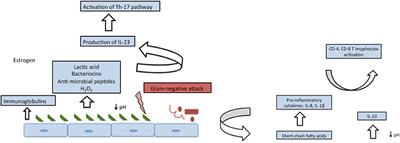SYSTEMATIC REVIEW
Published on 10 Jun 2021
Chlamydia trachomatis Screening and Treatment in Pregnancy to Reduce Adverse Pregnancy and Neonatal Outcomes: A Review

doi 10.3389/fpubh.2021.531073
- 14,900 views
- 39 citations
17k
Total downloads
60k
Total views and downloads
SYSTEMATIC REVIEW
Published on 10 Jun 2021

SYSTEMATIC REVIEW
Published on 10 Dec 2020

ORIGINAL RESEARCH
Published on 22 Oct 2020

REVIEW
Published on 24 Jul 2020

REVIEW
Published on 16 Jun 2020
